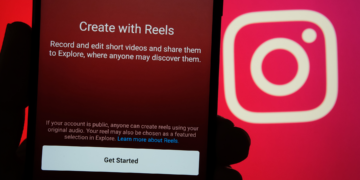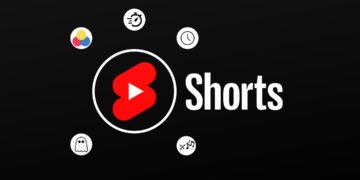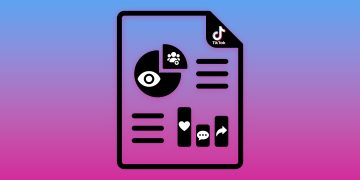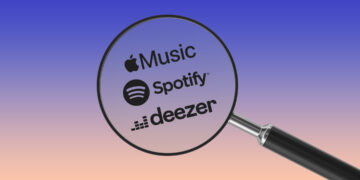Secret to success: private playlists
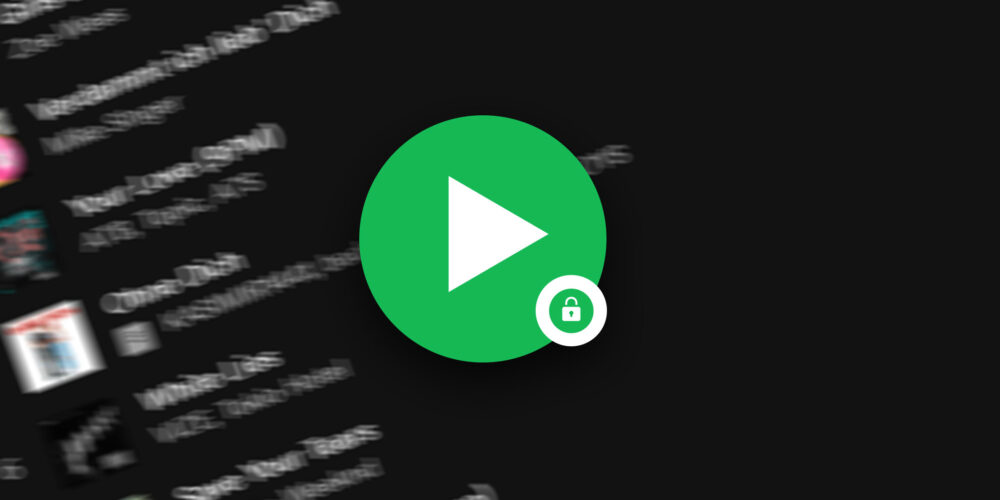
- Why playlist placements are good for the algorithm
- How to find the right playlists for your music
- How you should approach the curators
Every musician nowadays is probably aware of the importance of playlists. But many place their focus entirely on the big playlists put together by the streaming providers. They forget that being included in smaller playlists also has its advantages. In this post we’ll show you how you can approach independent curators and increase your reach that way.
Feed the algorithms
Playlist placements not only boost your streams short-term but also have a lasting impact on the algorithm of the streaming services. The more playlists include your songs, the bigger your chances of being considered by algorithmic playlists, as well. It is of secondary importance how big the playlists are. What’s a much bigger deciding factor is how well your songs are performing, meaning how high the skip-rate is.
While you should continue trying to get into playlists with millions of followers, it is at the same time worth your while to target playlists with a few hundred or thousand followers. First, you have to make sure that your music will be found:
- Maintain your profiles on the streaming services well
- Push your music regularly on social media
- Try getting your releases out on music websites and blogs. Social media and blogs still prove to be an important source for curators.
Find the right playlists for your music
Unfortunately, you can’t rely solely on curators finding your music somewhere. So, you have to spring into action yourself. For one, you can encourage your fans to include your songs in their playlists. For another, you yourself should put together a list with potential playlists:
- Search the streaming platforms for keywords (e. g. UK Drill)
- See what playlists have artists with a similar style to yours
- Take a note of all the playlists that have included your songs in the past
Once you have your list with potential playlists put together, it’s time to establish the contact. Some list their contact info on the streaming platforms, others you should be able to find on social media. Then pitch your song with all the necessary info but without being overwhelmingly extensive. A pitch should include the following information:
- Artist and song name
- Link to the song
- Info about promotional activities, previous success, etc.
- Link to press images
- A few words explaining why your song fits well into this playlist
Don’t send generic e-mails, because the curator will immediately spot that. Send a specifically tailored message instead. If you don’t receive an answer, you can ask again, but it’s better to just try it with the next track.
Build up a lasting relationship with the curators. Follow them on social media, thank them for placements, and share their playlists.
Never buy streams!
This all might sound like a lot of work, so many artists think it easier to just buy themselves a spot in a playlist. As we have already written and warned about several times, there are numerous unreliable offers that primarily work with bots and that therefore cannot give you any lasting payoff. You can read all about how to spot fake playlists in our other post.
Legal but still not without controversy are offers like SubmitHub, Playlist Push or Soundplate.
